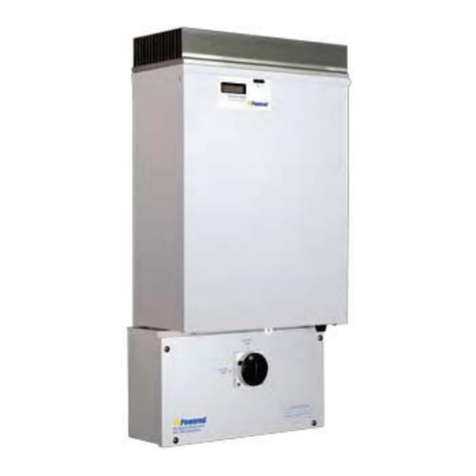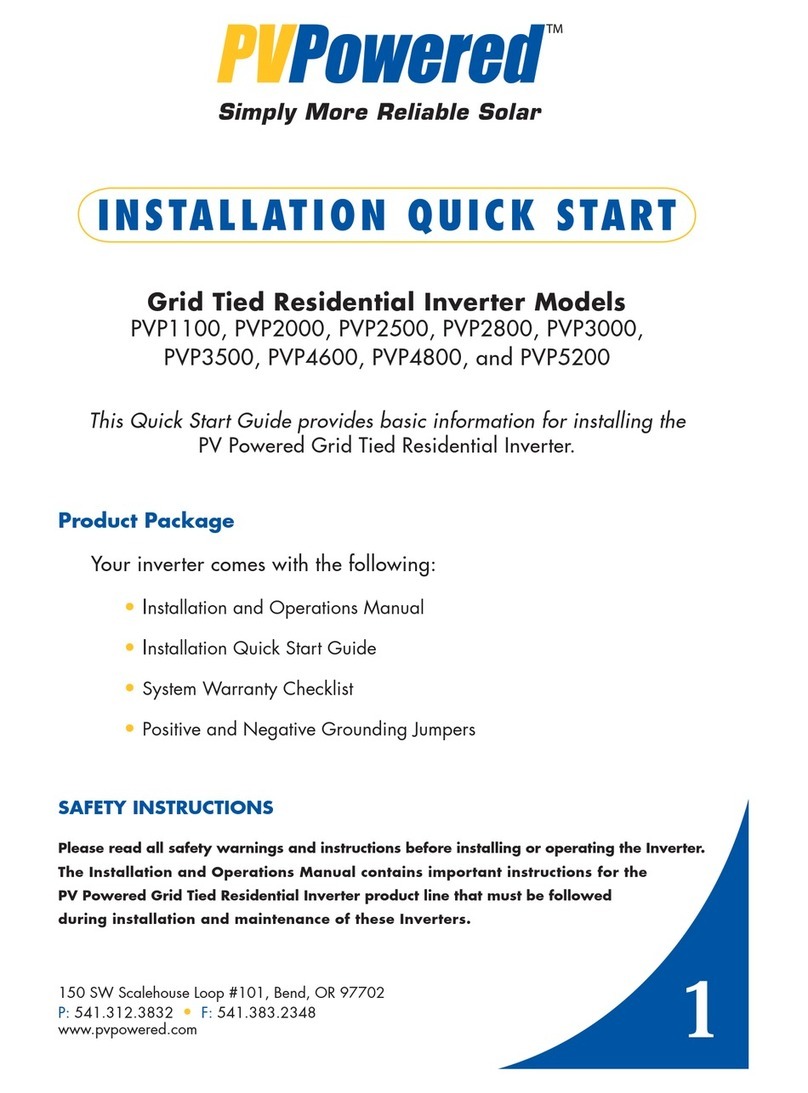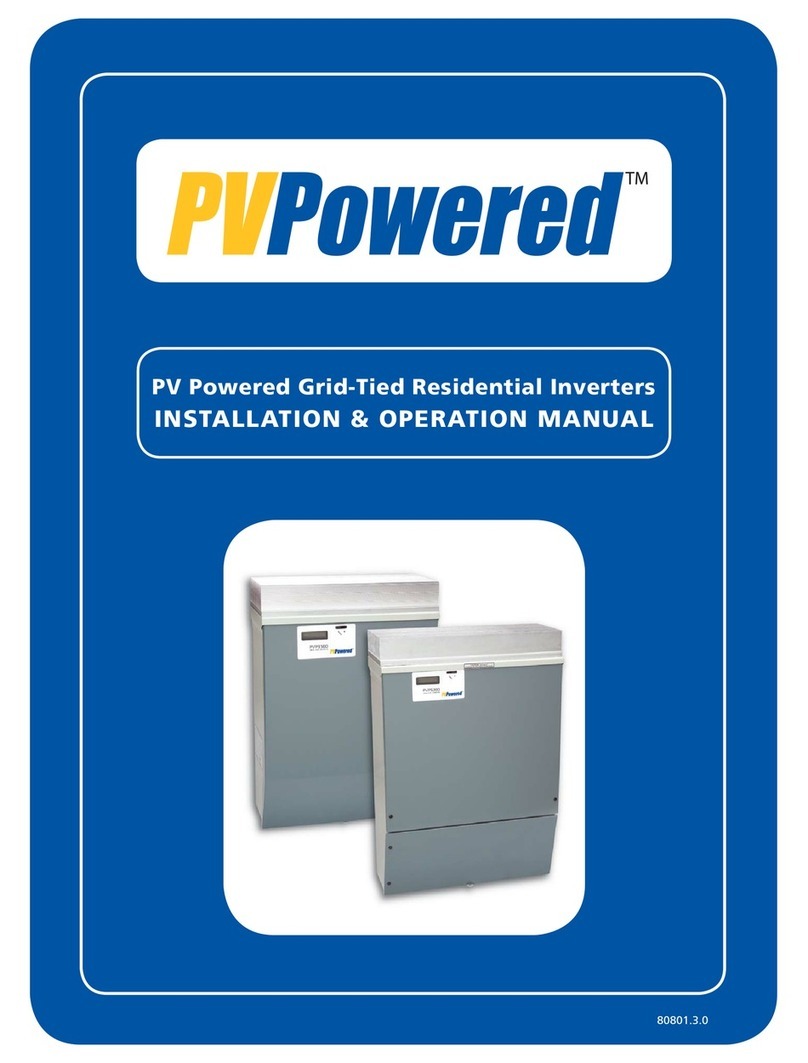
vii
Preface ................................................................................................................. i
Safety Information and Conventions ................................................................. iii
Acronyms and Abbreviations ..............................................................................v
1. Introduction and Safety ...................................................................................1
1.1 Introduction ..............................................................................................1
1.2 General Safety ..........................................................................................1
1.3 FCC Compliance ......................................................................................2
2. Planning ...........................................................................................................5
2.1 Selecting a Location for the Inverter and
Integrated AC/DC Disconnect ...............................................................5
2.2 Guidelines for Mounting the Inverter and
Integrated AC/DC Disconnect ..............................................................5
3. Installation .......................................................................................................7
3.1 Mounting and Anchoring the Inverter and Integrated
AC/DC Disconnect ................................................................................7
4. Wiring Requirements .....................................................................................11
4.1 Electrical Connections ............................................................................11
4.2 Supported Voltages and Grid Types .......................................................12
4.3 Wiring Information .................................................................................13
4.4 AC Circuit Breaker Requirements ..........................................................14
4.5 Inverter Voltage and Frequency Limits ..................................................14
4.6 Circuit Separation ...................................................................................16
4.7 Single-point Grounding ..........................................................................17
4.8 Wiring a Single Inverter with an Integrated AC/DC Disconnect ...........21
4.9 Wiring Multiple Inverters with Integrated AC/DC Disconnects ............26
5. Operation .......................................................................................................29
5.1 Start Up Procedures ................................................................................29
5.2 Inverter Front Panel Status Indicators ....................................................30
6. Troubleshooting .............................................................................................33
6.1 LED Status ..............................................................................................33
6.2 Displayed Fault Codes ............................................................................34
6.3 Fault Code Lists ......................................................................................36
7. Service and Replacement ..............................................................................39
7.1 Accessing the Wiring Terminals .............................................................39
7.2 Removing the Inverter ............................................................................40
7.3 Replacing the Inverter ............................................................................41
7.4 Finishing the Replacement .....................................................................42
Table of Contents
TABLE OF
CONTENTS

































